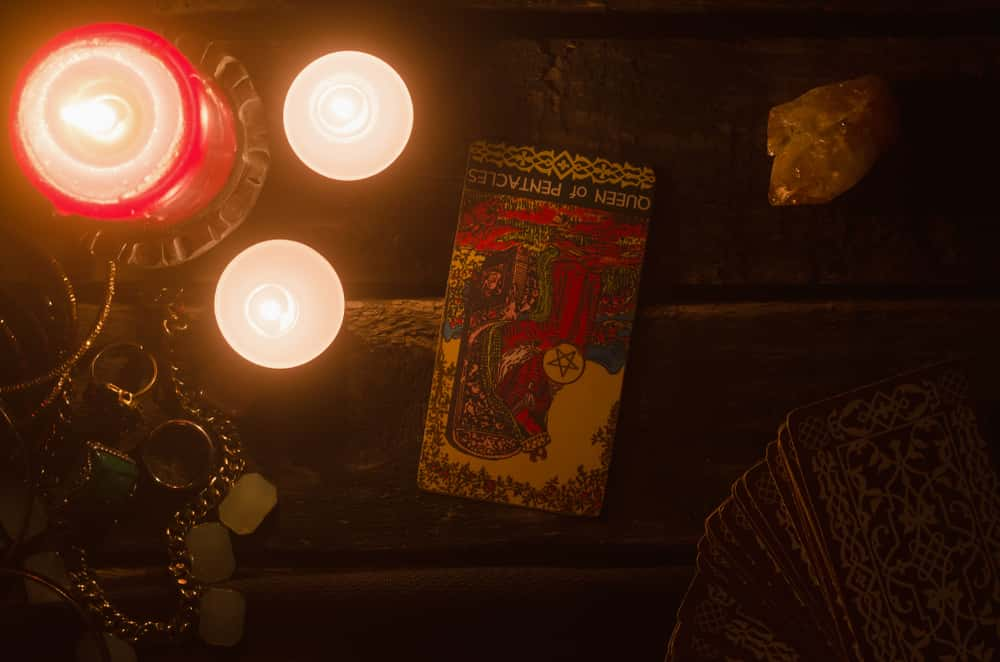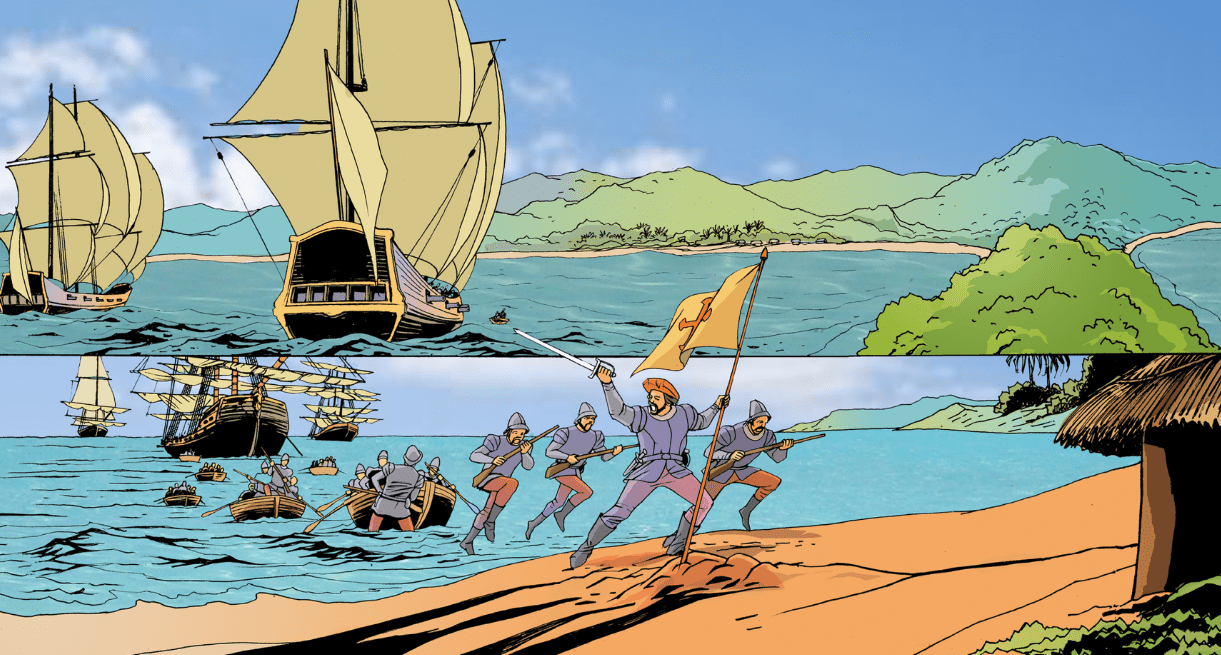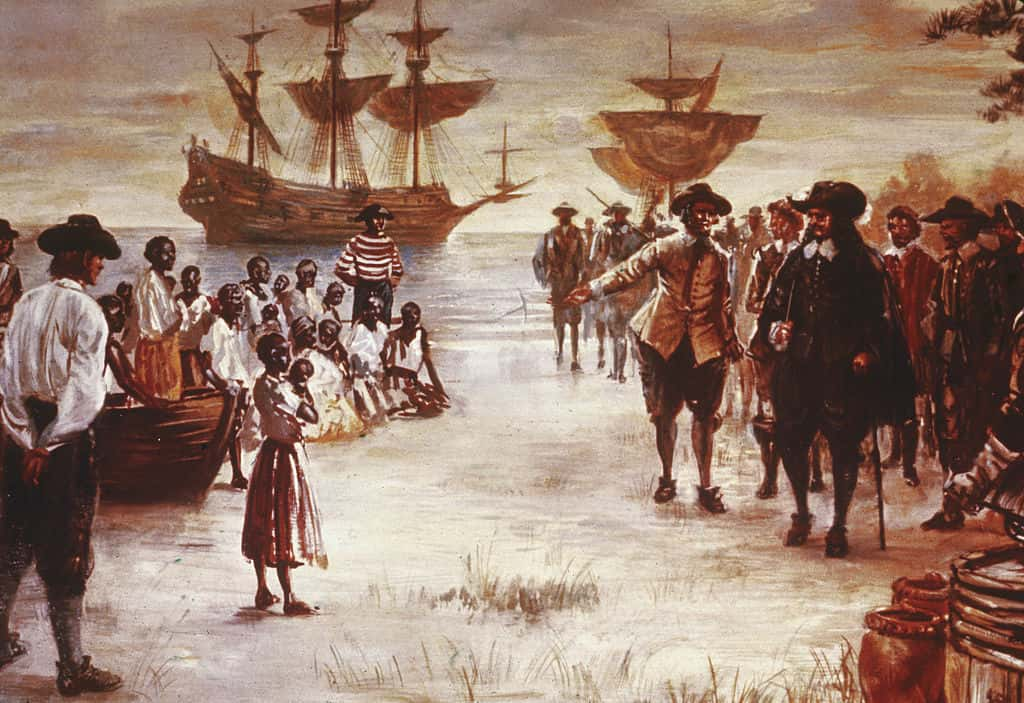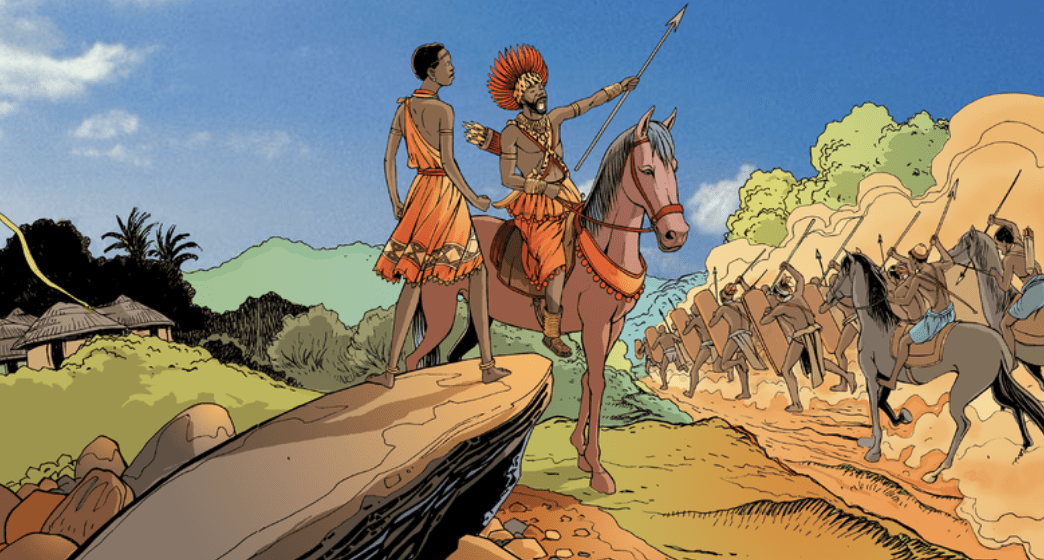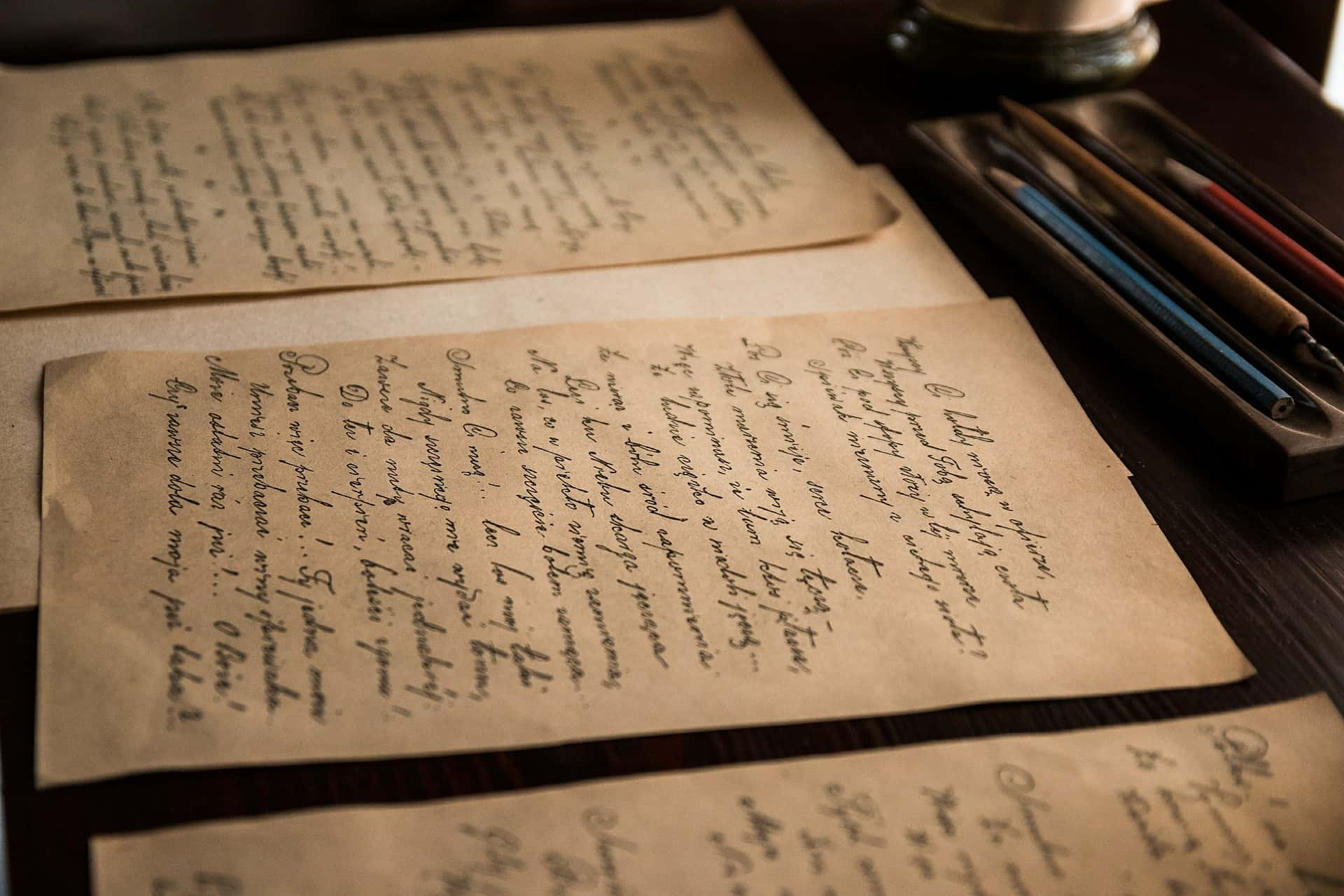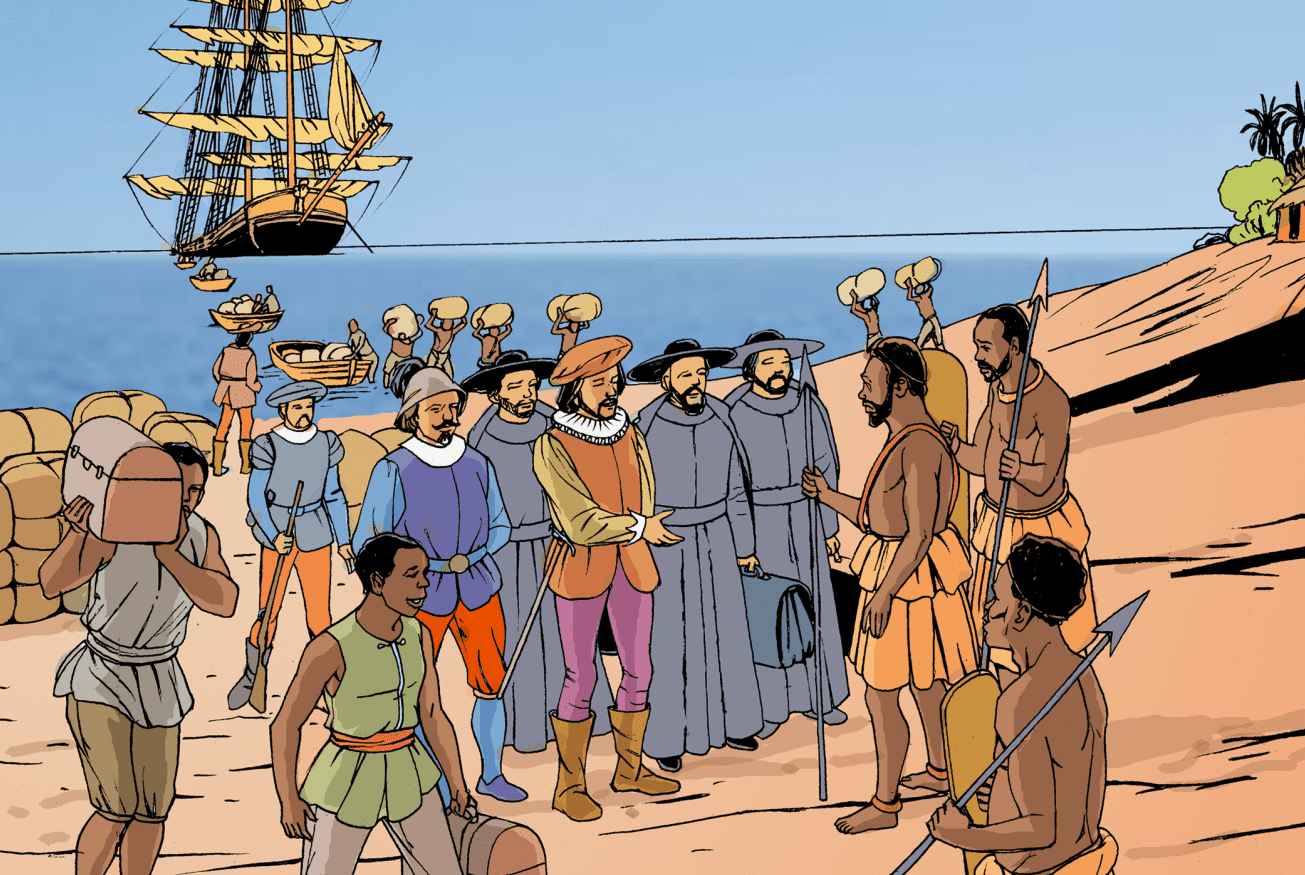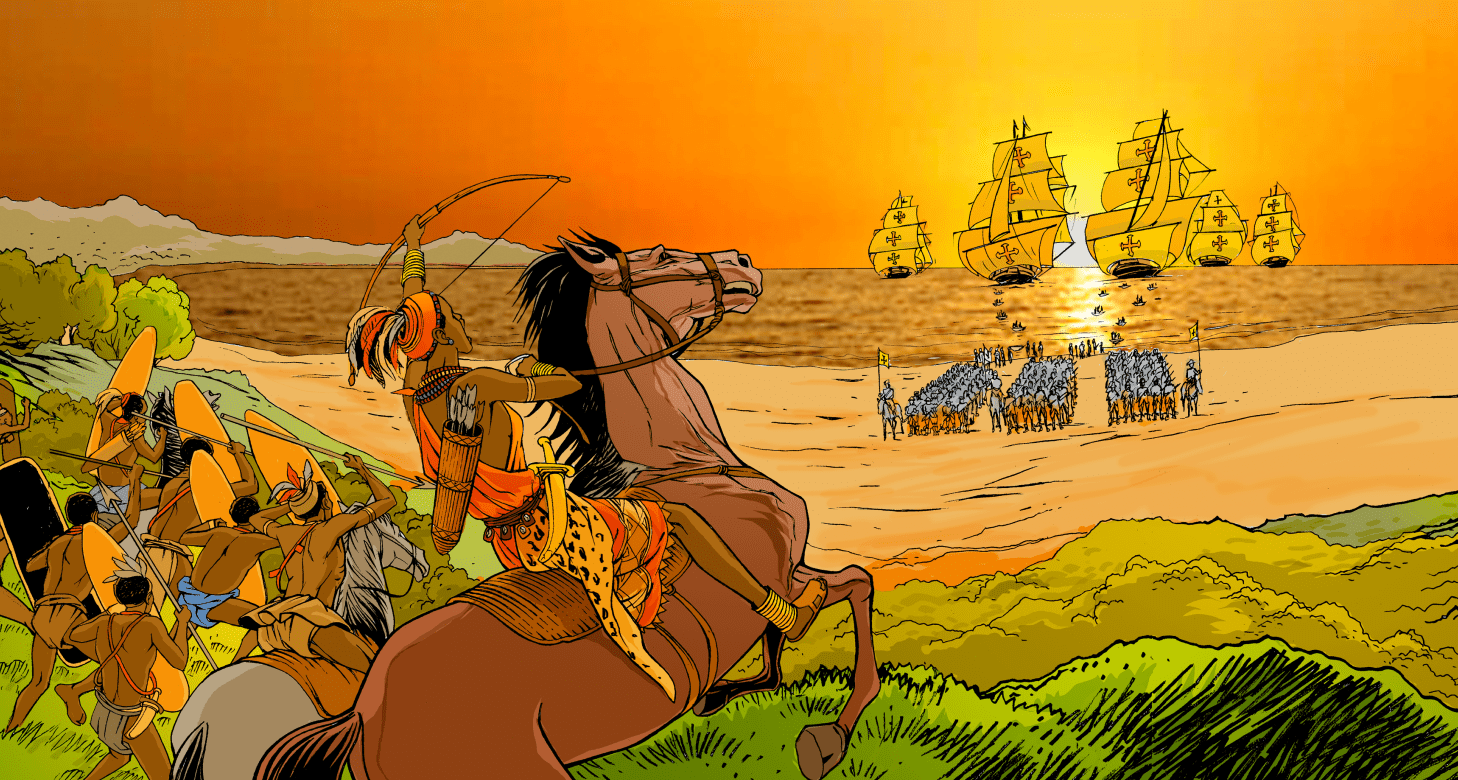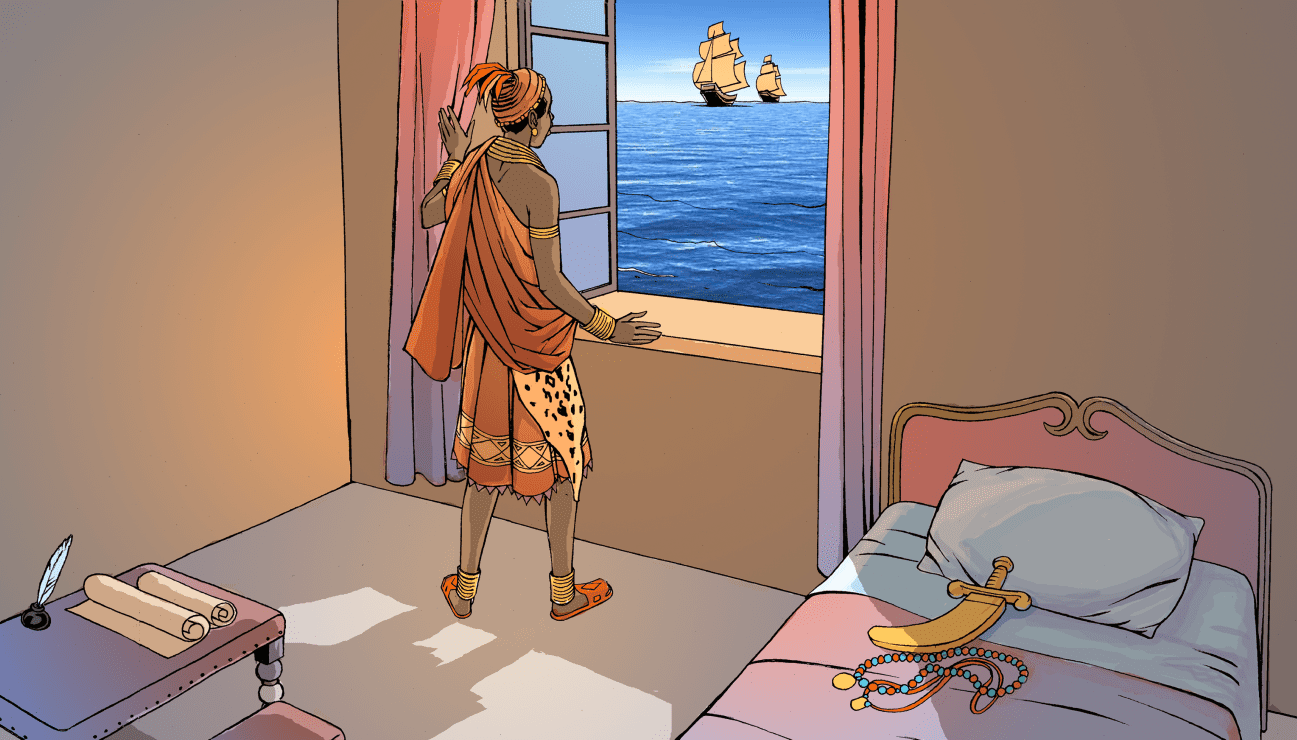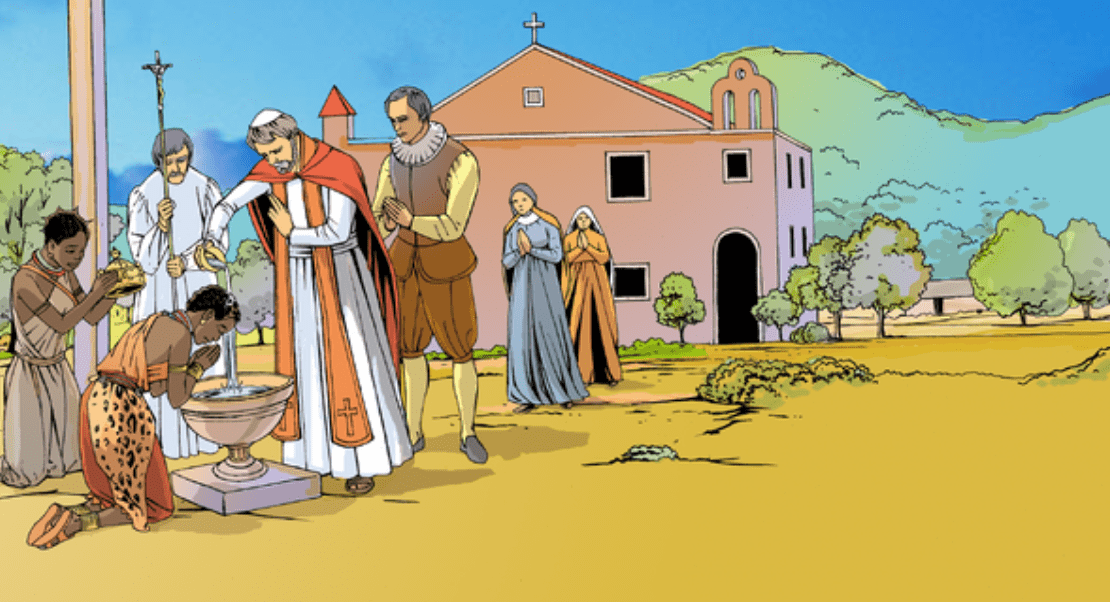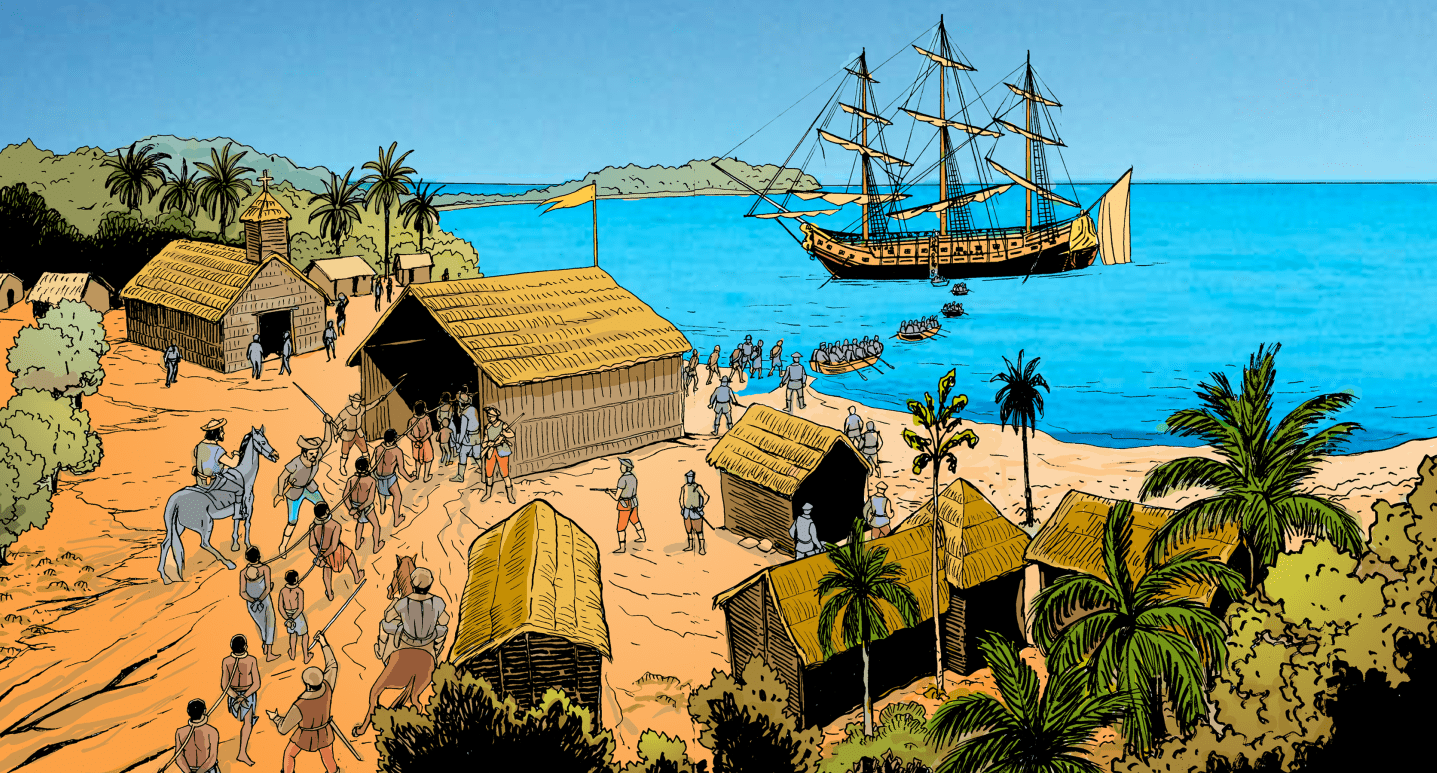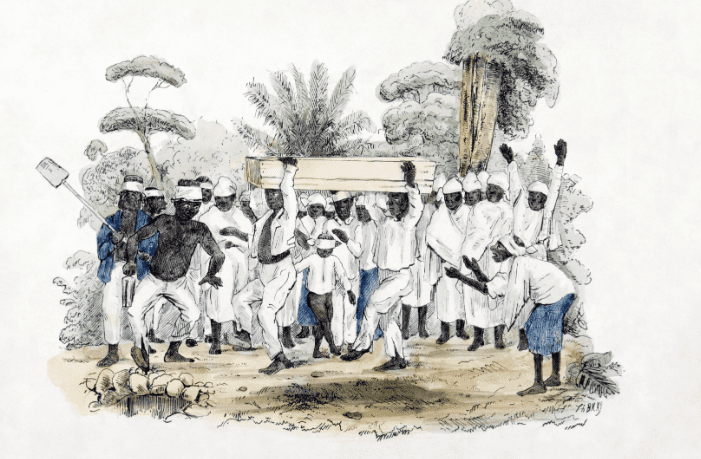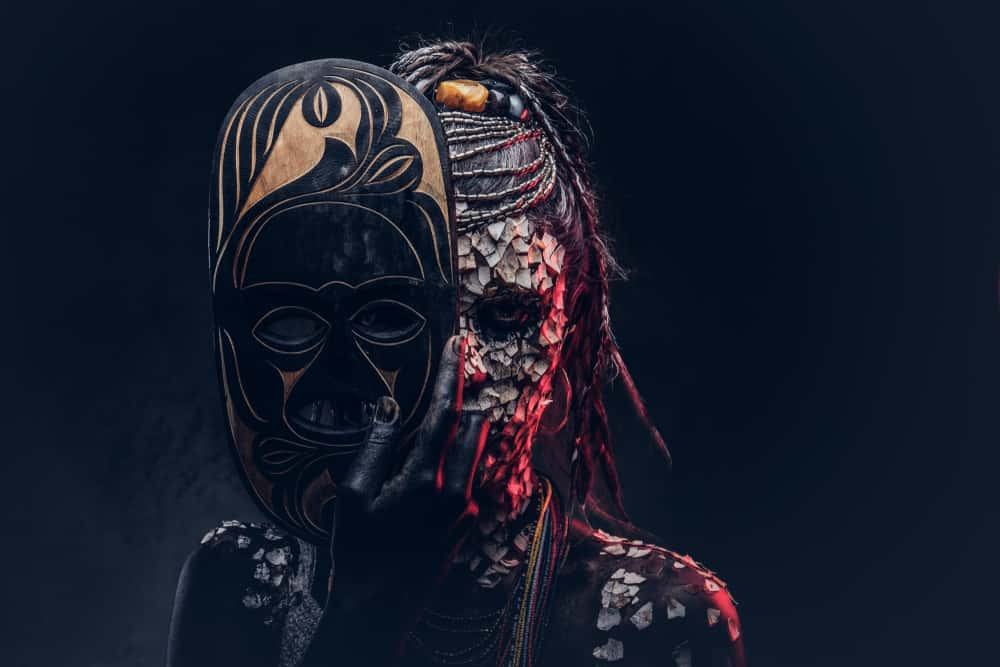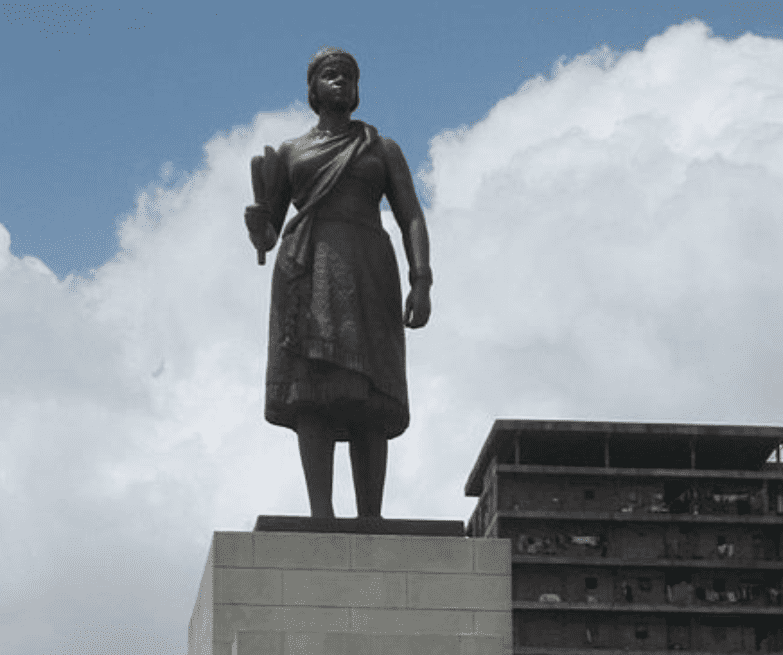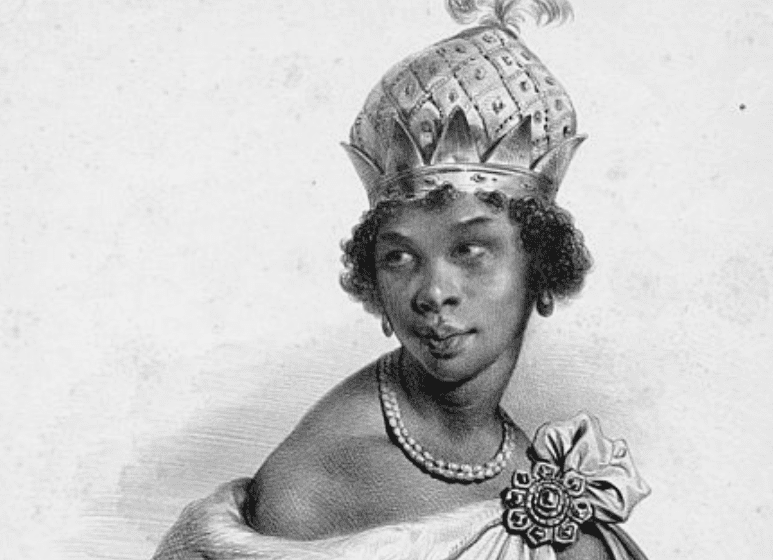"Sometimes force is able to exterminate the wicked customs of those that do not use reason and do not understand any argument without punishment." - Nzinga of Ndongo and Matamba
Queen Ana Nzinga was born to Ngola Kiluanji Kia Samba around 1581 in the African Kingdom of Ndongo. She was one of the great women rulers of Africa, famous for fighting against the slave trade and the influence of the Europeans. She held off Portuguese invasions and slave raids for 30 years and fought to keep what is now Angola free until her death at age 82.
If a real-life princess ever deserved a Disney movie, it's Queen Nzinga. Here are 42 facts about the powerful leader.
Queen Nzinga Facts
1. An Accurate Prediction
A wise woman once told Nzinga’s mother that her daughter would become queen one day. At the time, that would have seemed like a far-fetched prediction since it was uncommon for a girl to rule. But of course, looking back, it turned out to be true. When Nzinga's brother died in 1633 (more on this later because there's a lot more to that story), she became her nation's ruler.
2. Born to Rule
According to legend, Nzinga got her name because of her dramatic birth. The young ruler was born with her umbilical cord wrapped around her neck, but still managed to survive. In the Kimbundu language (one of two spoken by the Mbundu people), the verb "kujinga" means to twist or turn, so she was named Njinga/Nzinga.
The Mbundu people also believed that a person born this way will be haughty and proud, which are totally fitting characteristics for a queen.
3. A Valuable Commodity
By the late 16th century, Portugal decided to brutally colonize Ndongo. They wanted more slaves to work in Brazil and figured that Ndongo could be suppressed. Not content to extract humans from Ndongo, the Portuguese also headed to the territory in search of silver. The precious metal was supposed to exist in the area. Little did they know, Nzinga wasn't going to give into their cruel demands.
4. The Fight Begins
Around the same time as Nzinga’s birth, a vicious conflict between her people and the Portuguese began. The King (Nzinga’s father) previously accepted limited slave trade with the Portuguese, but they couldn’t just accept what was given. They kept pushing further and further into the country, breaking the boundaries they'd agreed to respect. In the end, there was only one option: all out war.
5. Keen Observer
Both Nzinga and her brother Ngloa Mbandi grew up watching their father govern the kingdom. They saw the terror of colonization first hand, witnessing Portuguese attempts to enslave the Mbundu people and, on the other side, seeing the bloodshed of many raids against Portuguese invaders. As a result, the children understood the terrifying repercussions of colonization. After their father died, they continued to fight against the system.
6. Seriously Unpopular
King Kiluanji (Nzinga’s father) wasn’t the nicest guy. He was powerful, but the power seemed to get to his head. He became cruel and oppressive. In the end, he lost the support of his people and even his own family. King Kiluanji was overthrown by none other than his own son, Mbandi. Ouch.
7. He Got it from his Papa
When Mbandi ascended to the throne, the Mbundu people felt relieved. Finally, a guy on our side! Welp, not so much. Unfortunately, Mbandi turned out to be just as bad a ruler as his father. According to who you ask, Mbandi might have even been worse. He went to truly disturbing lengths to hold onto his power.
8. What a Nice Guy!
Mbandi was determined not to be forced out of the crown (even though this is exactly what he did to his own father). He demanded that doctors sterilize his own sister, Nzinga, but that's not even the worst part. Mbandi also murdered her son (his own nephew) in cold blood. That was the last straw. Nzinga escaped her evil brother by running away with her husband.
9. Lost Battle
In 1617, Luís Mendes de Vasconcellos, the new governor of Luanda, invaded the capital of Ndongo. In one of history's classic "hmm which awful man do I root for?" dilemmas, the new governor (who was there to exploit the Mbundu people and their land) did do something good. He forced King Mbandi to flee and take refuge in the state of Matamba. Boy bye.

History's most fascinating stories and darkest secrets, delivered to your inbox daily.
10. I Need Your Help
As it turned out, Mbandi lacked a certain finesse when it came to foreign relations. If only diplomacy could be solved with forced sterilizations and murder, am I right? Around 1622, Mbandi threw in the towel and asked his sister to negotiate a peace treaty with the Portuguese. On a personal level, she had absolutely no reason to do anything for him, but Nzinga, ever queenly, agreed. She didn't want to see more of her people enslaved.
11. Respect!
It’s said that when Nzinga went to meet with the Portuguese governor, he only made one chair available (and of course, took it for himself). He left Nzinga with a mat to sit on, hoping to make her seem inferior. Rather than give in to the governor’s ploy, Nzinga came up with an ingenious plan. She had one of her entourage drop to her hands and knees and offer himself as a chair. That showed him!
12. Peace
Unlike her brother, Nzinga was an awesome negotiator. After sitting down with the Portuguese, they agreed to withdraw from Ndongo and recognize the country as a sovereign nation. In exchange, Ndongo would allow the Portuguese to create trade routes in the territory. Sounds like a fair deal.
13. Conversion
As a show of good faith during the negotiations, Nzinga agreed to convert to Catholicism. The Queen was baptized Ana de Souza, using the last name of the Portuguese Governor. The move helped her politically and in 1623, she was named Governor of Luanda, a title that she held until 1626.
14. Signed Not Honored
The treaty between the Portuguese and Ndongo was great while it lasted. Unfortunately, it only took a year before the Portuguese decided to betray her. They broke the treaty and went back to slave capturing. So much for diplomacy.
15. Suicide or Murder
But wait, you ask, where's Mbandi in all this? Well, depending on which account you believe, Nzinga’s brother Mbandi either committed suicide or was murdered at Nzinga’s own hand. Some accounts state that Nzinga poisoned him out of revenge for killing her son. Others say that he committed suicide, believing he could never recoup his losses from the war. Either way, good riddance.
16. I Am Queen
With the death of Mbandi, Nzinga became the regent (acting ruler) for his son Kaza. However, not long after, Kaza died (this is some Game of Thrones level family drama, right?). Some sources claim that his death was caused by sinister forces. Apparently, Nzinga might have murdered her little nephew for being disrespectful (and, dare we say, getting in between her and the throne?). Regardless of why and how the boy died, it was finally Nzinga's turn to rule. From then on, she called herself Queen of Andongo.
17. Breaking Norms
According to custom, Nzinga technically didn’t have the right to seize the throne upon her brother’s death. Mbundu was comprised of linked political titleholders with their own established pecking order. The title of king would typically have gone to the leader who could outmaneuver his opponents and amass the most followers. In claiming the throne, she totally broke with tradition and defied the norms.
18. Gathering Support
In the beginning, the Portuguese didn’t recognize Nzinga’s rule, partly because they thought she had something to do with her brother’s death. And obviously, partly because she was a woman. Sigh.
19. New Alliances
Finding no support from the Portuguese, in 1623, Nzinga abandoned Christianity to form an alliance with the Jaga, a group of ostracized warriors from the Kwanza river plateaus. She offered asylum to all of their fugitive slaves from the Portuguese territory. She sweetened the deal by offering the kimbares (African soldiers trained by the Portuguese) land and other rewards in exchange for fighting in her army.
20. A Ritual Marriage
To solidify her new relationship with the Jaga, Nzinga arranged to marry the chief of the Jaga people. You’d think that this would have guaranteed her loyalty, but no such luck. They betrayed her anyway. The chief attacked Nzinga and her people. Someone, anyone, give this girl a break!
21. No Woman Shall Rule
In addition to being miffed at her breaking the rules for succession, the Mbundu also had pretty strong feelings against women as rulers. They even forbade them from assuming political titles. Um, a bit late for that!
22. Get Out of Town!
One of Nzinga’s biggest opponents was Hari a Ndongo. Like many people of the time, he didn't love the idea of a woman ruling the territory. He went behind his queen's back and performed a political body slam. He swore fealty to the Portuguese and teamed up with the Ndongo nobles and the Jaga to force her off the throne and into exile.
23. Safe Haven
With the Portuguese army hot on her tail and left without allies, Nzinga was forced to flee. She took her people to the Kingdom of Matamba which she proceeded to conquer and declare herself queen. They had a history of women rulers and was the major slave-trading state in Luanda. Now that’s a strategic advantage!
24. Double Queen
Nzinga’s heart was always with Ndongo, even while she was busy ruling Matamba. She signed her correspondence Njinga Mbandi Ngola, demonstrating that she considered herself to be the queen of both kingdoms. As a result, she was known as the “double queen.”
25. A Woman of Substance
Nzinga was highly unusual for her time. She was educated and cultured, speaking both her native tongue and fluent Portuguese. She wrote all of her own letters to the Portuguese kings and governors and was well-versed in Portuguese culture thanks to her early experience with Portuguese missionaries as a child. These skills came in handy when it came to managing complicated political situations.
26. I Refuse
By the end of 1624, Nzinga managed to convince most of the vassal chiefs to rebel against the Portuguese. In other words, the queen was finally gaining a military advantage. The Portuguese demanded that she return the slaves or else face war, but Nzinga went another way. She knew she was in a strong enough position to fight, so she refused. Your move, Portugal.
27. Puppet Ruler
Once they drove Nzinga out, the Portuguese installed her sister Kifunji as a puppet ruler. What they didn’t realize is that she kept a crucial secret. Kifunji actually remained loyal to her sister Nzinga. She even acted as a spy, finding ways to relay information back to Nzinga.
28. Alternate Spellings
Thanks to the multiple ways in which the Kimbundu language has been recorded and translated, Nzinga’s name is written in several different forms. To make matters more complicated, the queen also signed her letters with different names. So, good luck trying to figure out if you’ve spelled it correctly.
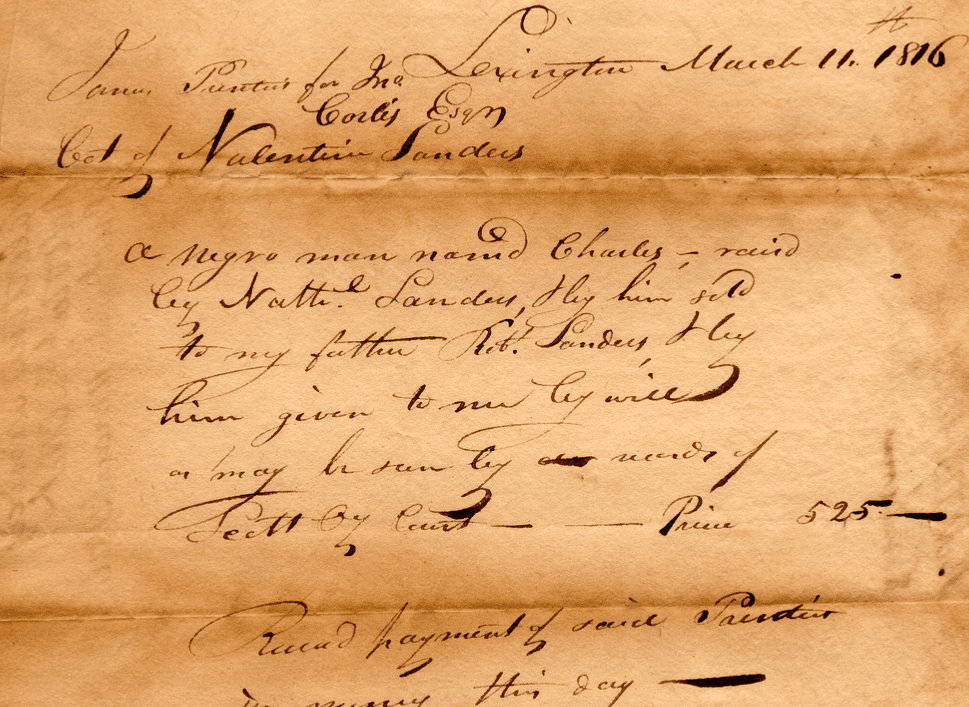 Picryl
Picryl
29. European Sensation
Not surprisingly, as Nzinga’s legend spread, she became a subject of interest to European artists, poets, and authors. In 1769, the French author Jean Louis Castilon published Zingha, Reine d’Angola, in Paris, which was the first anti-colonial novel about Africa. He depicted her as a rich and complex character, causing quite a commotion.
30. The Queen’s Court
According to a book written about Africa by the Dutch geographer Olfert Dapper, Nzinga preferred to dress as a man—and that's not even the strangest part. Dapper also claimed that Nzinga maintained a harem of between 50-60 young men...who she made dress as women. While the author based his information on stories from the Dutch West India Company, he never visited Africa himself to confirm. On the other hand, crossdressing wasn’t uncommon in non-literate African cultures so it might have been true.
31. Unholy Alliance
Not content to be a queen and diplomat, Nzinga was also a keen military strategist. In 1641, she saw an opportunity to form a new alliance with the Dutch. The Dutch were fighting with the Portuguese over their share of the slave trade, and for the next several years, she used them to help her reclaim Ndongo, keep the Portuguese from advancing, and control the slave routes.
Their alliance made history. It was the first time that a European nation teamed up with a non-European country against another European country.
32. Temporary Setback
In 1646, the Portuguese forces fought Nzinga's armies at Kavanga. In the course of the battle, her sister the spy was reportedly exposed and drowned in the Kwanza river. Some accounts claim that she escaped and ran away to modern-day Mambia, which would certainly have been the happier ending to that story.
33. Alone Again
The Portuguese were not going to give up easily. They called for reinforcements from Brazil to help defeat Nzinga. But they also went further by expelling the Dutch from Luanda and leaving Nzinga without allies. Not wanting to give up, Nzinga continued to fight against them, but she had to make some tough concessions.
34. Re-converting
Even a warrior queen has her limits. Finally in 1657, Nzinga signed a new peace treaty with Portugal. In the process, she was re-accepted back into the church and she re-converted to Catholicism.
35. Keeping it in the Family
Nzinga was determined not to be succeeded by Nijinga Mona, leader of the Imbangala warriors (who had earlier betrayed her). Instead of entering into another violent war, Nzinga decided that the pen was mightier than the sword. When writing her treaty with Portuguese, she cleverly built her demands into the document. They were now required to help her family retain power.
36. Passing the Torch
Due to the fact that her brother murdered her only child, Nzinga had no son to succeed her. Instead, she made a heartrending choice. She selected her sister Barbara as the next ruler. Nzinga even set up a cushy marriage for her little sister, pairing Barbara up with the general of her impressive army.
37. Continued Struggles
Despite Nzinga’s best intentions, after her death, none of the new rulers could hold off the Portuguese. They almost immediately regained control of the area. It wasn’t for another three centuries (all the way until 1974) that the Portuguese government finally removed its troops from the African colonies.
38. Barbarians!
The Imbangala people practiced infanticide and cannibalism, leading the Portuguese and Capuchin priests to make claims that Nzinga and her army did as well. Although it’s possible that she did adopt some of the Imbangala customs when they became part of her army, it wasn’t unusual for the Europeans to make up stories to justify enslaving African people.
39. King, Not Queen
Nzinga was such a fierce warrior that she called herself "king" and led her armies into battle dressed as a man with a sword around her neck. She even took the daring role reversal a step further. Nzinga made her sisters generals and put women in government and military roles. She was totally ahead of her time!
40. The Black Widow
One of the more unusual legends surrounding Nzinga concerns how she treated her lovers. She would allegedly have men fight to the death to win the right to spend the night with her. When the night was over, she supposedly executed them. I guess that explains why she needed such a large harem.
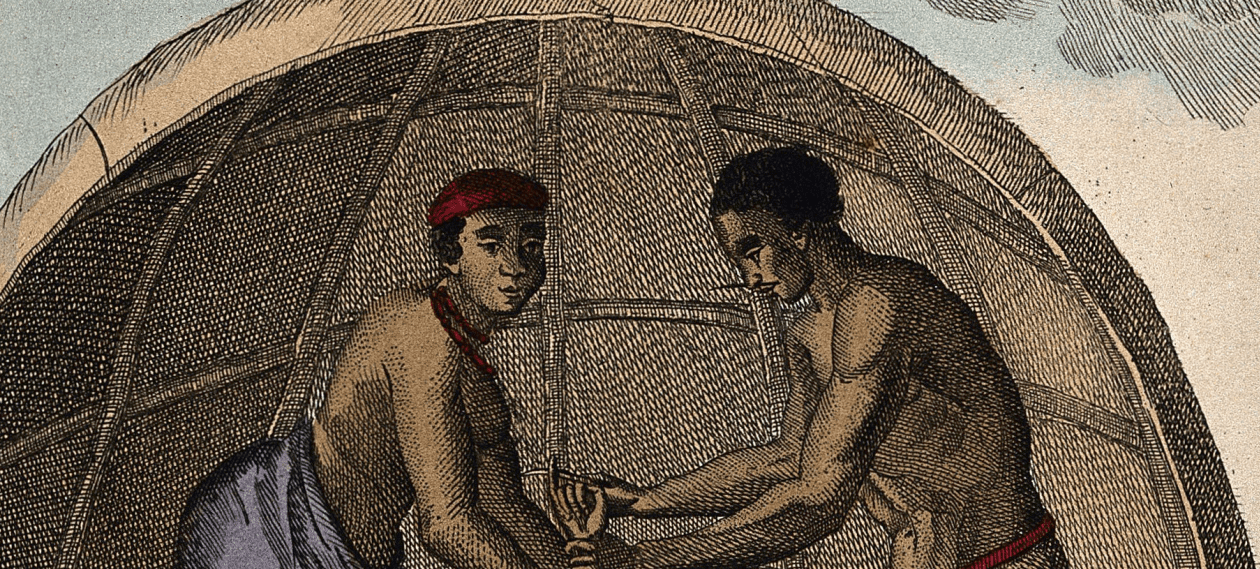 Wikimedia Commons,Wellcome Images
Wikimedia Commons,Wellcome Images
41. In Recognition
Today, Nzinga can be felt all through Angola. A street in Luanda is named after her, the National Bank of Angola issued a series of coins in tribute to her role in defending her people, and the government placed a statue of her in Kinaxixi in 2002 to celebrate the 27th year of Angola’s independence.
42. Inspiring Women
The courage and strength that Nzinga demonstrated in her war with the Portuguese was an inspiration for future resistance leaders of the People’s Movement for the Liberation of Angola (MPLA) during their fight for independence. She has also been a role model for future generations of Angolan women, who are involved in Angolan military, government, and economic sectors.
Sources: 1, 2, 3, 4, 5, 6, 7, 8, 9, 10, 11, 12, 13, 14, 15, 16, 17, 18


